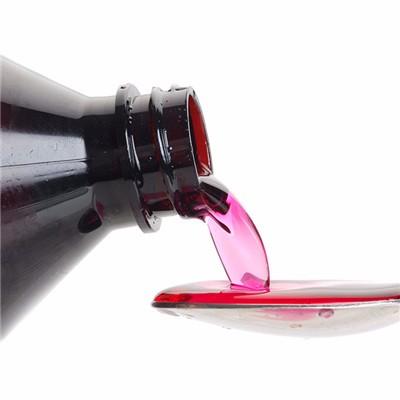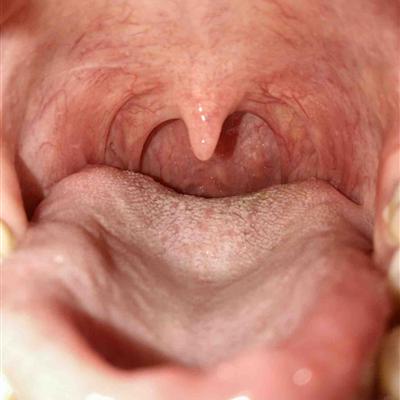Ethmoid and sphenoid sinusitis symptoms?
summary
Ethmoid sinusitis can be divided into acute and chronic. Acute ethmoid sinusitis is acute suppurative sinusitis, which is an acute suppurative infection of the nasal mucosa. Acute ethmoid sinusitis is not treated in time or treated improperly, which leads to serious destruction of mucosa and loss of normal function, and can be regarded as chronic inflammation. Ethmoid and sphenoid sinusitis symptoms? Let's talk about it
Ethmoid and sphenoid sinusitis symptoms?
Nasal symptoms: persistent nasal obstruction on the affected side, which can be caused by swelling of nasal mucosa or accumulation of nasal secretions in nasal obstruction; Runny nose: nasal secretions were mucopurulent or purulent. The ethmoid sinusitis in the former group was mostly blown out from the front, and the ethmoid sinusitis in the latter group was mostly inhaled into the pharynx and then vomited out; Olfactory decline, especially ethmoid sinus and sphenoid sinus inflammation. The patient's nose was mixed with blood or smelly.

Headache is usually mild, but in various forms, sometimes with swelling or slight pain in the inner canthus and nasal root; Sometimes for frontal headache, also often for periodic attacks, especially in the former group of ethmoid sinusitis and acute frontal sinusitis similar, but the degree is mild.
Sometimes for occipital headache, similar to sphenoid sinusitis, this is mostly posterior ethmoid sinusitis. Sometimes it is pain at the back of eyeball, and the pain is aggravated when the eyeball is rotated or pressed by fingers; Sometimes the headache is limited to the temporal part. Generally, it is heavy in the morning and light in the afternoon.

matters needing attention
1. Pay attention to nasal hygiene at ordinary times, and form a good habit of washing the nose in the morning and evening. 2. Pay attention to blowing your nose. If you have a stuffy nose and a lot of snot, you should press one side of the nostril and blow with a little force. After that, I blow it alternately. When the nasal mucus is too thick, wash the nose with saline to avoid damaging the nasal mucosa. 3. When swimming, the posture should be correct and the head should be out of the water as far as possible. 4. Patients with dental diseases should be treated thoroughly.















